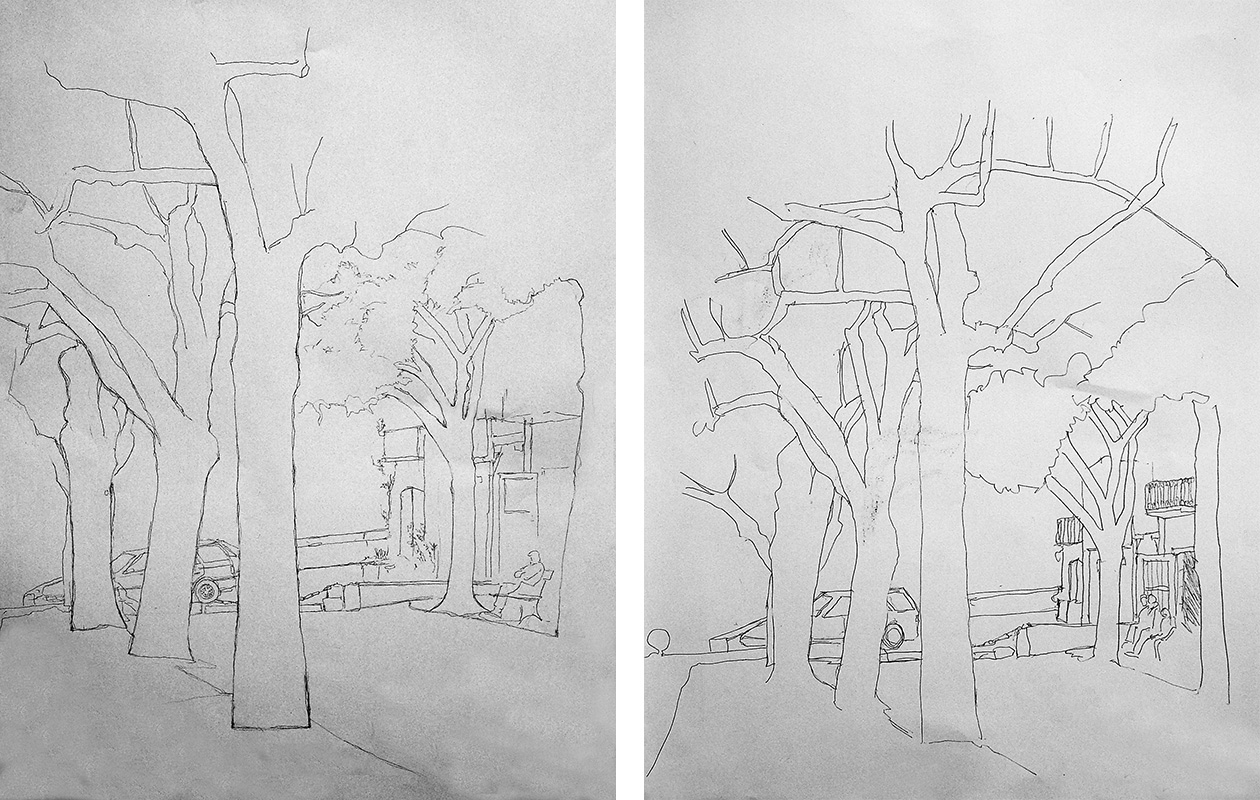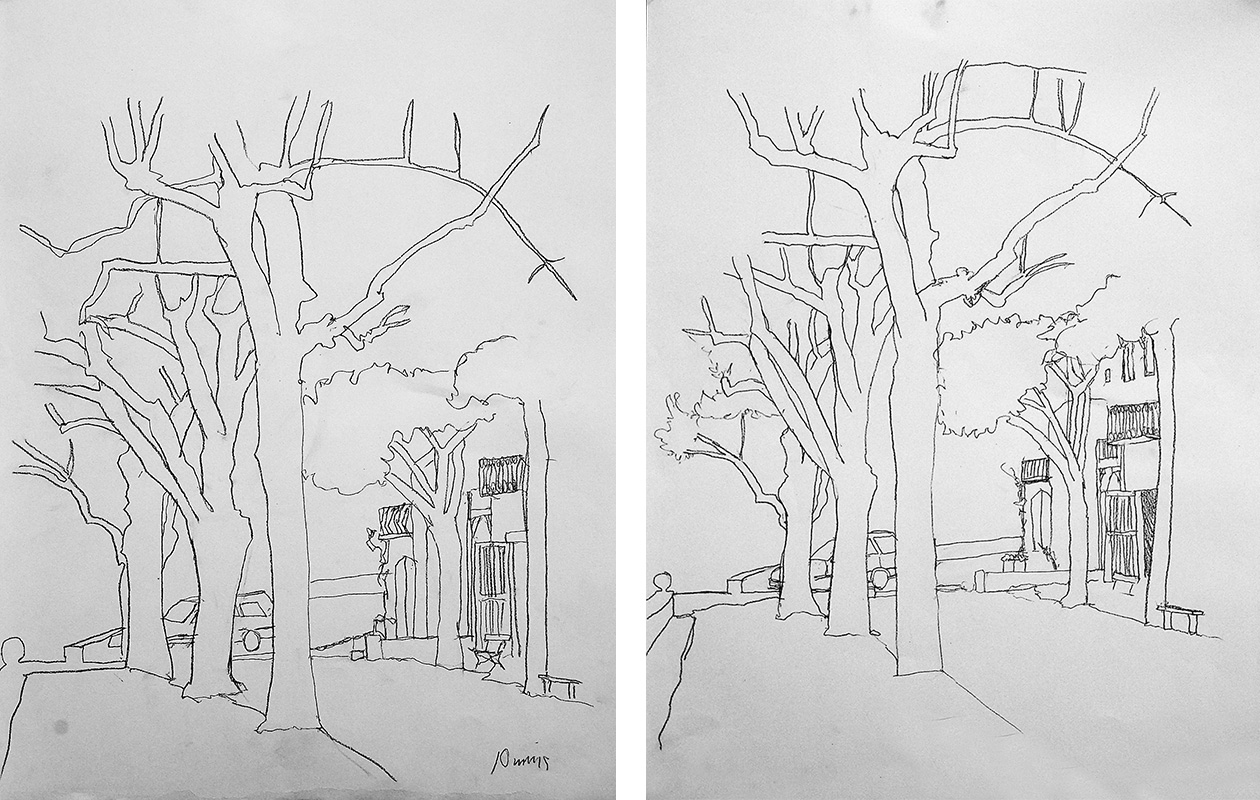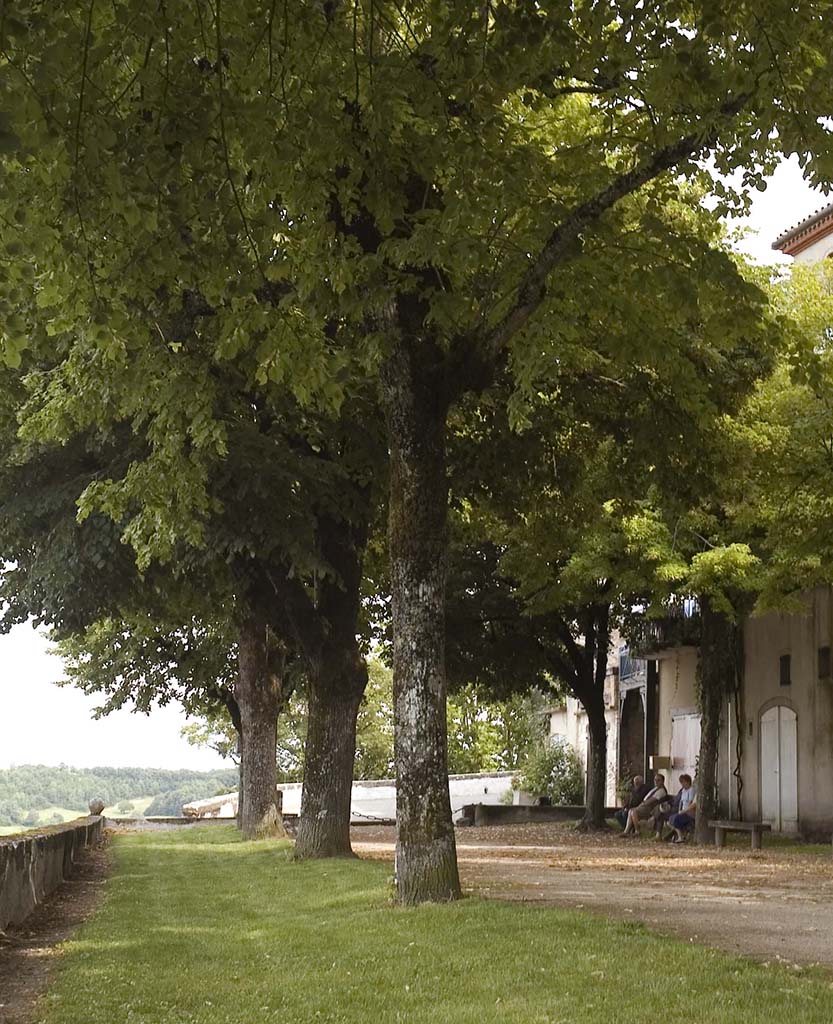Is there a connection?
This Post discusses the relationship between fast drawing, learning and personal expression. It is an important subject because there seems to be a connection in many people’s minds between speed and expression. Various questions arise. The most basic one is whether there is any necessary connection at all.
In all my books I assume that personal expression can come in a multitude of ways: fast, slow, passionate, quietly sensitive, and all gradations between these extremes. This Post concentrates on the use of fast drawing. The main arguments are found in Chapter 8 of my book,“Drawing on Both sides of the Brain”.
.
CHAPTER 8 – MOVEMENT, SPEED & MEMORY
.
Fast drawing
The questions raised in Chapter 8 provide a means of taking a critical look at the widespread practice of starting life drawing sessions with poses that are so short that they force fast drawing. Those who advocate this practice, believe that their shortness will increase the likelihood of creativity and personal expression. In Chapter 8, I question this belief.
Chapter 8 and subsequent chapters between them explain how to use accuracy as a means of enhancing information pickup speed and, thereby, to learn to draw faster, with more authority and in ways that foster personal expression.
_________________________
NB. In Chapter 8, reference is made both (a) to illustrations found in Chapter 11, and (b) to texts that can be found in “What Scientists can Learn from Artists”. As neither of these is as yet available as a “Post” on this “Posts Page“, I have added them below.
.
Texts and illustrations referred to in Chapter 8
Four drawings of pollarded trees on the esplanade, Castelnau de Montmiral, produced by one of my students as the first follow up to the three hour long drawing lesson by which I introduce students to my feeling-based method (there are many other such follow up drawings by other students that could have illustrated the same point at least as well. Indeed the drawings below could be described as a routine outcome of the lesson). They were made in 3 hrs, 30 minutes, 10 minutes and from memory respectively. They are extracted from Chapter 11 of “Drawing on Both Sides of the Brain”.



A computer controlled experiment: an extract from Chapter 8 of “What Scientists can Learn from Artists”:
This extract comprises a summary of ideas coming from the main experiments and how they led to the computer controlled experiment which showed that preparatory looking helped rapidity of information pick-up:
“These ideas were amongst those that we had in mind when we came to consider the results from the main experiments. In particular they influenced our thought when we reflected upon the revelations of the video-tape record. One result was a hypothesis that needed testing. The argument that gave rise to this depended a variety of factors. If both comparison and the organisation of actions disrupt aspects of visual-memory, then copying must require a longer-term memory-store to guide a coordinated and efficient looking strategy. The superior performance of the skilled adults for drawing familiar objects from memory indicated that this function could be performed by long term memory. However, what about unfamiliar objects or the complex curves which describe the ever changing shapes of familiar ones? As suggested above, efficient visual analysis of these might require the creation of a purpose-specific memory store, structured with the help of longer looks, such as those recorded on the videotape. Thus, our hypothesis was that the function of the longer looks is to create a memory store containing knowledge of what to look for later. The advantage would be reaped in terms of the pick-up efficiency of the inter-saccadic glances. Given that time taken for each of these is fixed, it follows that the learning process enables more information to be picked up in the same time. Such a feat could only be achieved if appropriate, purpose specific memory structures had been created.
The computer-controlled experiment in question was used to test these ideas. A sequence of different two-line RSL models was displayed on a computer screen. At a given time after a model appeared, one of the two lines disappeared and the subjects were asked to copy the one that remained. The time before the disappearance was either one-third of a second or five seconds. When the subjects had completed drawing the visible line, they pressed a button which caused the second line to reappear for either one-third of a second (allowing time for one glance) or two-thirds of a second (allowing time for two glances). The question was whether the information collected in the five-second preliminary look would lead to better pick-up of information by the final glance or glances. The answer was a clear ‘yes’. Without the preliminary five-second look, the subjects were all-over-the-place when doing their best to copy the second line, whereas with it, they performed almost as well as if the image was there in front of their eyes.
This result gave strong support to the hypothesis that temporary knowledge, acquired as a result of appropriately organised looking behaviour, could play a vital role in achieving copying accuracy.”
Other Posts
Chapters from “Drawing on Both Sides of the Brain”.
- Chapter 1: Accuracy versus expression
- Chapter 2: Traditional artistic practices
- Chapter 3: Modernist ideas that fed into new teaching methods
- Chapter 4: The sketch and explaining the feel-system.
- Chapter 5: Negative spaces
- Chapter 6: Contour drawing
- Chapter 7: Copying Photographs
- Chapter 8: Movement, speed and memory
Other drawing related Posts
Click here for lists of other Post
Full list of Posts in all categories
Once again you pack a lot of thoughtful insights about drawing into your post. I appreciate reading the ideas that often go against what many consider ‘usual practice’. I feel that few other writers on this subject not only offer alternatives but also back them up so thoroughly.
excellent
They have different energy besides a little different line quality. I am impressed with the memory drawing. So much acurate detail! Always enjoy reading your posts and always learn so much. I carry the lessons with me when I close the site. Thank you, as always.
This chapter gave me a “context” for understanding something that is occurring in my drawing just now. Analytic drawing vs. feeling drawing. Hmm. My approach has been to draw very slowly, with great effort to achieve accuracy in my rendered lines. Yesterday, I just got fed up and just drew as if my hand really could draw the image correctly, and accepted my wildly errant lines as if they were okay and accurate. In other words, I accepted the lines as MY lines and gave them conscious legitimacy, even though they were wiggly and all over the place in terms of text-book accuracy. My first feeling response was a joyful sense of freedom, to just let my lines fly forward without judgement and correction. My second feeling response was to notice with amazement that I had indeed rendered my intended image onto the page, and that despite the wildly errant, flamboyantly wiggling of all the lines, my rendering was filled with energy and interest. Even to me, the angry, disapproving critic of my chronically inaccurate lines.
I have practiced the various methods proposed in this chapter many times over the years, and have witnessed the outcomes of many students who have also learned these methods…and the outcomes are repeatedly consistent with what you describe. Quite remarkable, and yet as they should be given greater understanding of how our brains pick up and store information. Honestly, this exercise should be put into use, even to simply try out, by anyone wishing to learn to draw both accurately, and with personal expression. It is a very accessible strategy.
”… the method of using accuracy as a tool for expanding awareness is a key factor in enabling the acceleration in the information pick-up speeds.”
Putting these ideas into practice the last weeks, I did several long sessions of paying very close attention to the subject at hand, even redrawing from the beginning to get to a better grasp each time and then drawing the same from memory. I would then on occasion draw a subject very quickly and the drawing process did not feel stressful (as it did before under time constrains) and it seemed the greater part of the puzzle was in place very quickly. When this happens it is a bit like a magic trick has been performed.
To study drawing in this way seems to take immense focus and an hour of study feels like a day; but the more I do, it becomes apparent that every drawing is a learning experience rather than a way to mindlessly churn out half baked observations onto a page.
Many thanks!